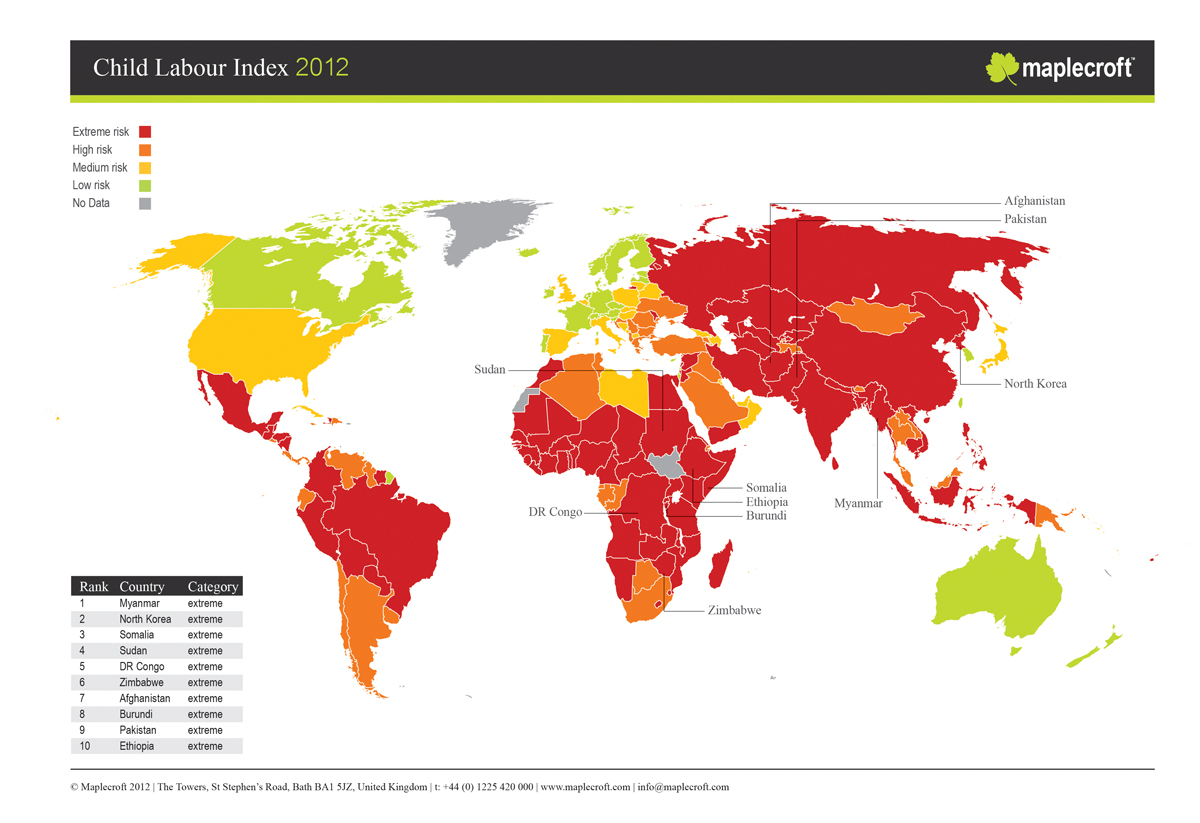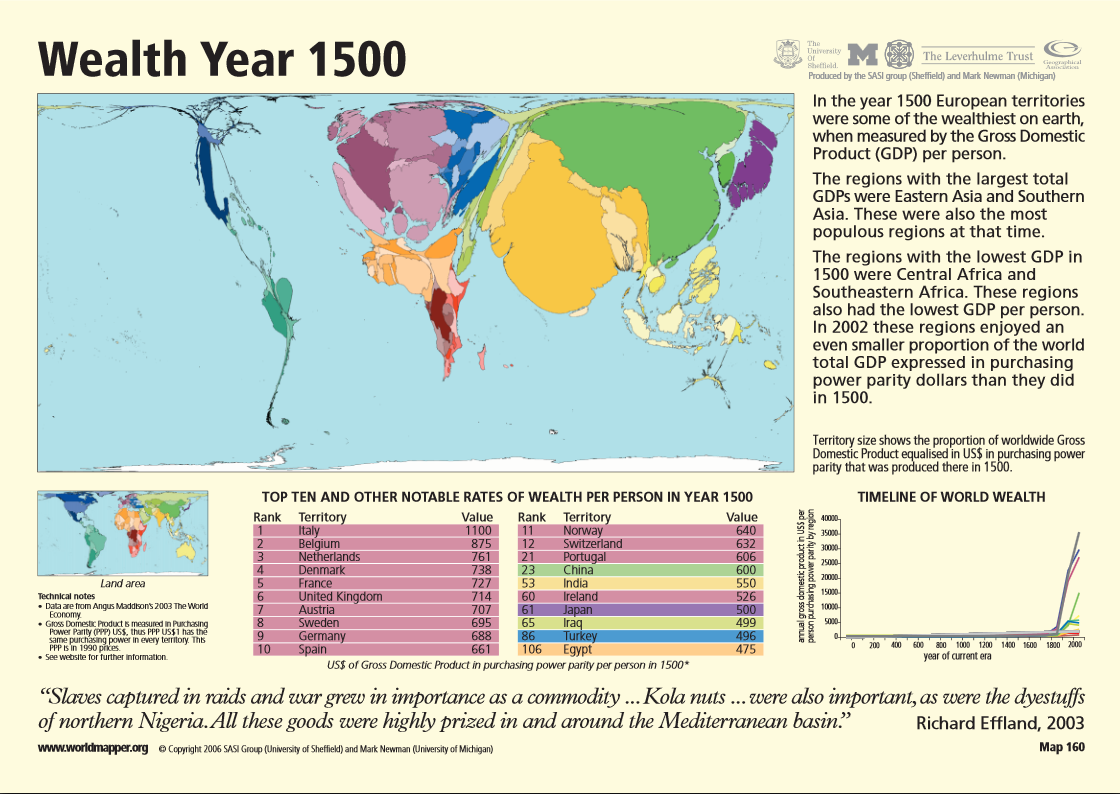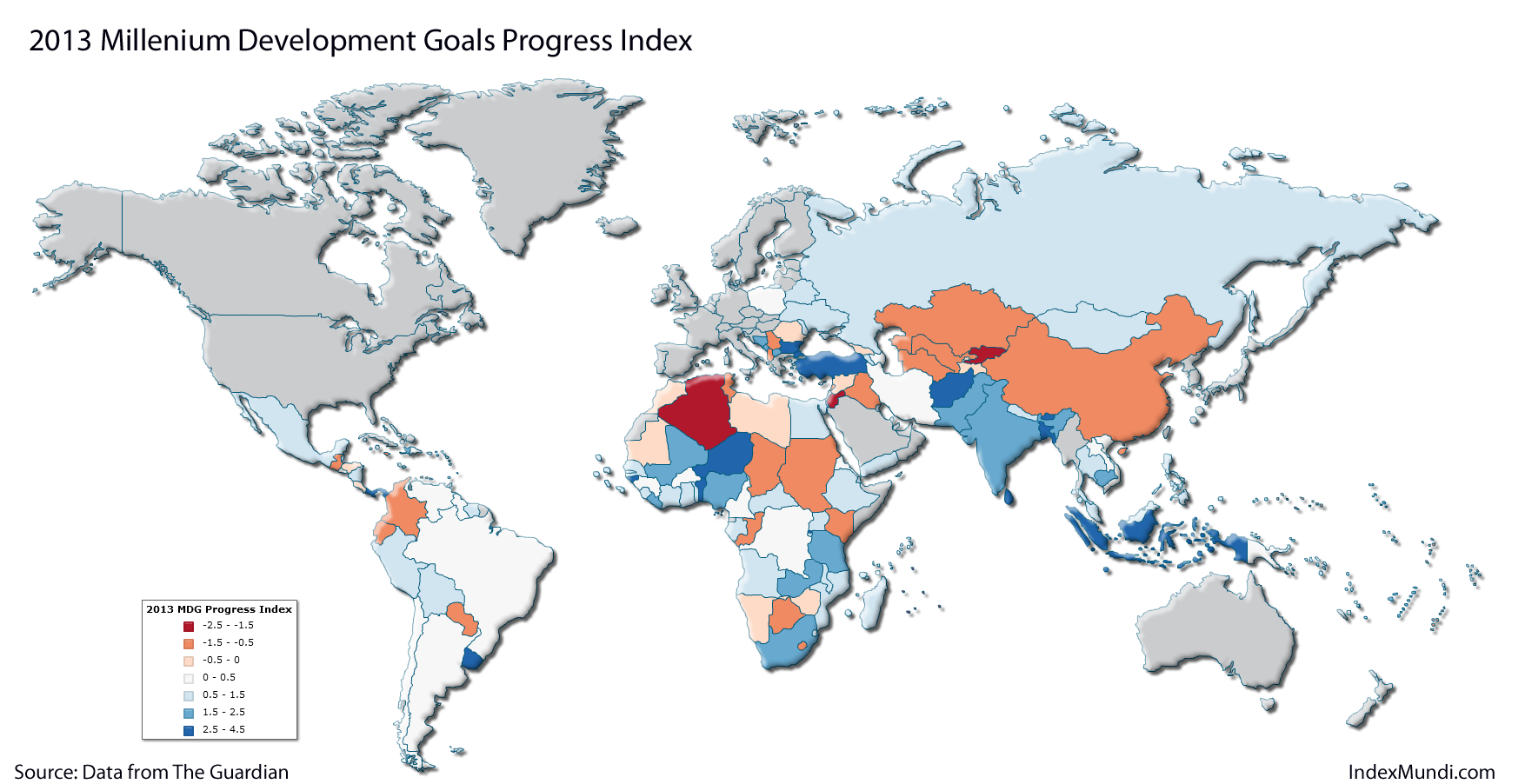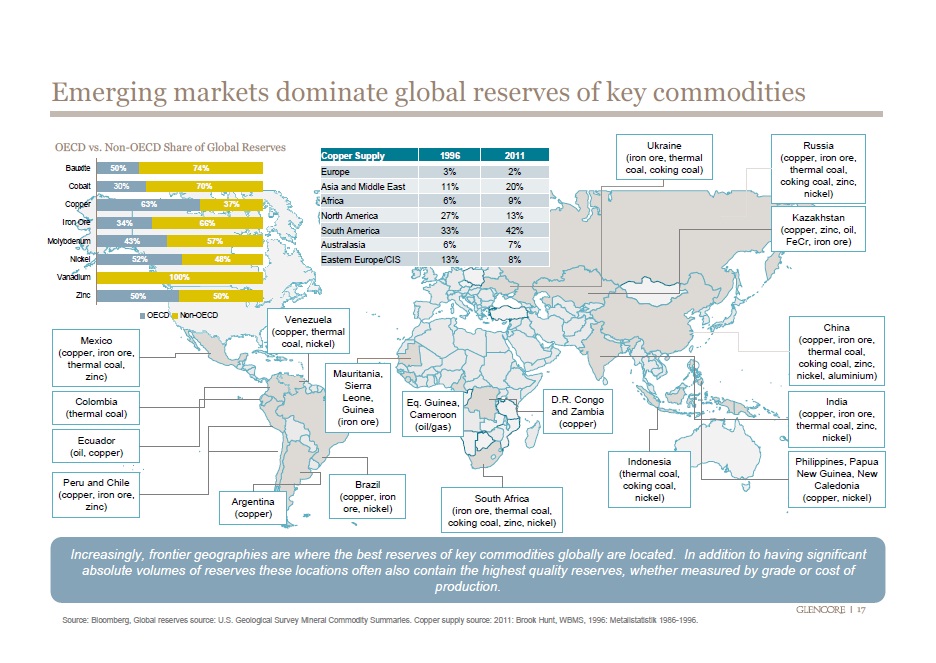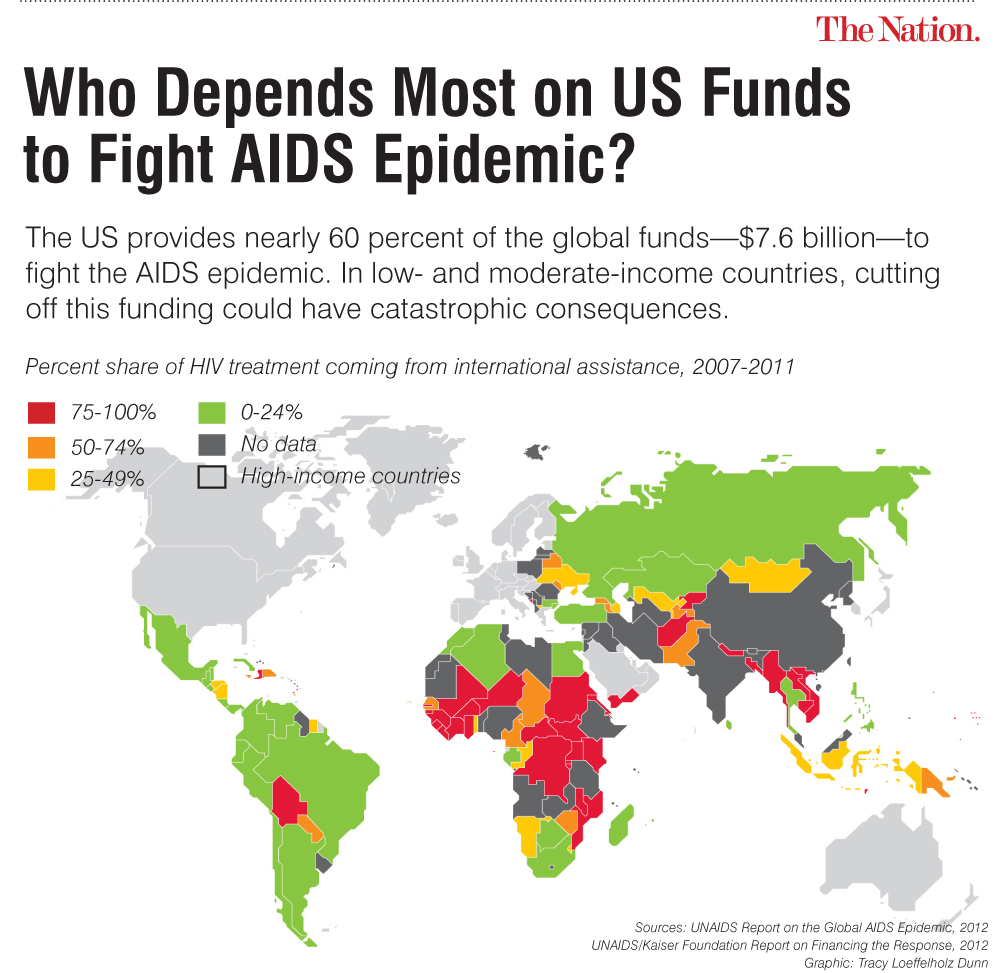 The United States provides 60% of the funding to fight the AIDS epidemic worldwide. The highest recipients of this funding are African nations. Other countries include Bolivia, Yemen, Afghanistan, Kyrgyzstan, Nepal, Bangladesh, Burma, Cambodia, and Vietnam.
The United States provides 60% of the funding to fight the AIDS epidemic worldwide. The highest recipients of this funding are African nations. Other countries include Bolivia, Yemen, Afghanistan, Kyrgyzstan, Nepal, Bangladesh, Burma, Cambodia, and Vietnam.
Latin America depends on these funds to fight AIDS too. Latin American nations are recipients of up to 24% of funding from the US along with Russia, Kazakhstan, Turkey, Bulgaria, Thailand, and Indonesia.
Source: The Nation: Who Depends Most on US Funds to Fight AIDS Epidemic

